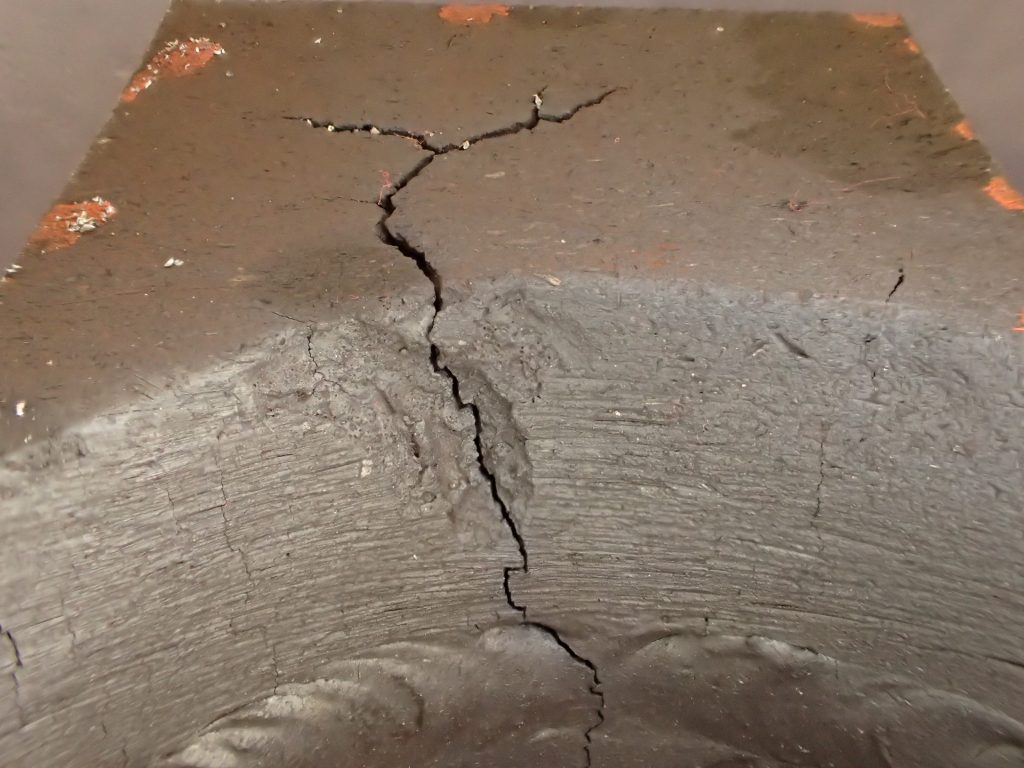

The adoption of these recommendations was very effective in practically eliminating SCC in carbon-steel vessels used in the agricultural industry. The report also remarked that, inasmuch as each of these recommendations has limitations when considered individually, all three should be followed to avoid SCC.

A survey indicated that about 3 percent of the pressure vessels failed within 3 years of service life **.

Although liquefied ammonia had been used without significant difficulties for several decades in the refrigeration, chemical and steel heat-treating industries, inexplicable ruptures of ammonia containers in the agricultural service occurred soon after the introduction of ammonia into this service. Because excellent results were achieved, very soon a large network of ammonia distribution and application facilities developed, which used many pressure vessels constructed primarily of carbon steels. Soon after World War II the Mississippi State College proposed a method of injecting liquefied ammonia directly into the soil as a chief source of nitrogen fertilization (ammonia contains about 82 percent nitrogen). Control measures are discussed including control of air contamination, inhibition by water addition, postweld heat treatments, influence of the strength of the steels used and the applied stress, and periodic inspection techniques. Stress-corrosion cracking of steel in liquefied ammonia is traced from its early recognition in the 1950s, from experiences in agricultural and industrial use from NACE (National Association of Corrosion Engineers) recommended DOT (Department of Transportation) regulations to prevent damage, and from laboratory studies to explain the factors involved. The review is aimed toward a summary of the conclusions from various sources specific details are available in the referenced reports. From the many reports reviewed, an effort was made to concentrate on those that would lead to a better understanding of the problem facing the industry today and suggest a solution to the problem. This recapitulation of experiences with stress-corrosion cracking of steel in liquefied ammonia summarizes the subject over the last three decades. The following article is a follow-up to "Industry Study Indicates Stress Corrosion Cracking in Anhydrous Ammonia Storage Vessels," which appeared in the October 1988 BULLETIN.
Galvanized steel stress corrosion cracking mechanism series#
Summary: The following article is a part of National Board Classic Series and it was published in the National Board BULLETIN. Self-employed consulting corrosion engineer retired from U.S. Stress Corrosion Cracking of Steel in Liquefied Ammonia Service - A Recapitulation


 0 kommentar(er)
0 kommentar(er)
